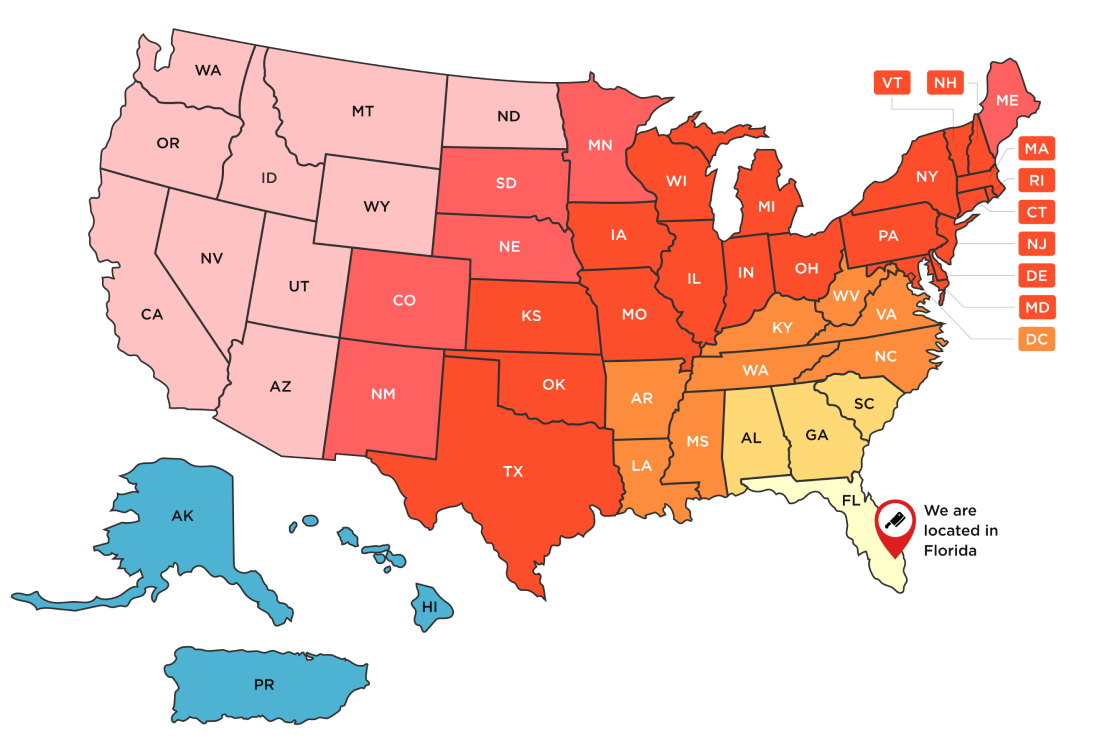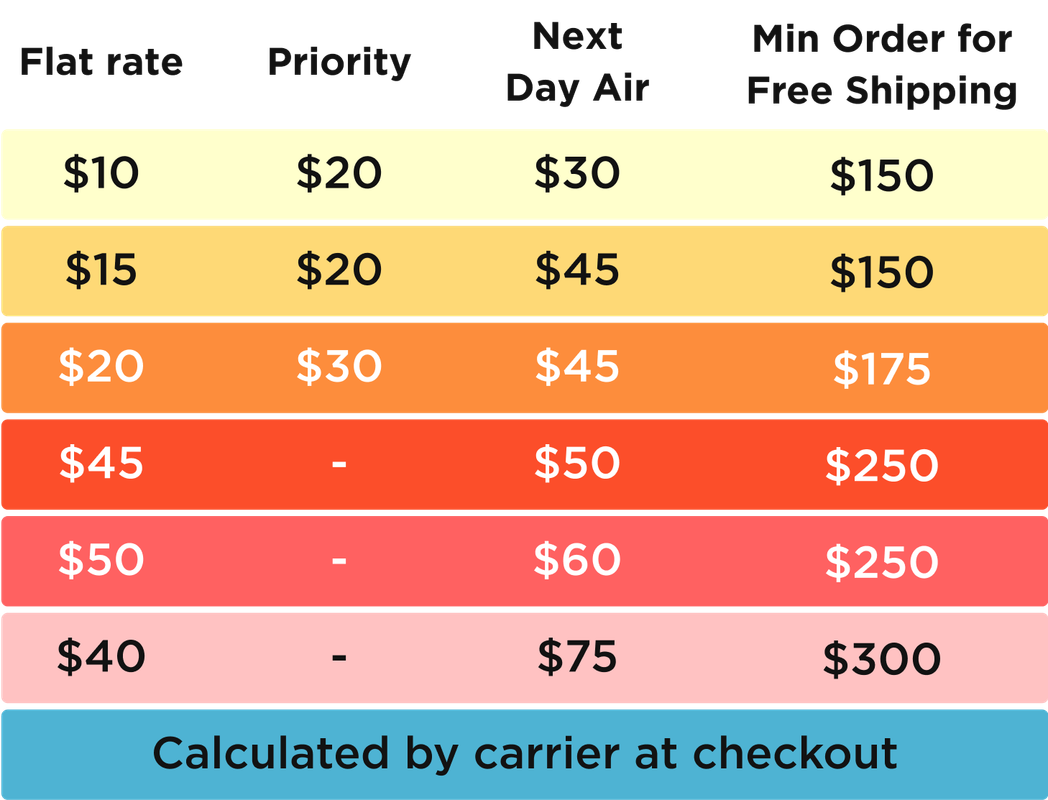
Sous-Vide: The Soulless Way To Cook The Perfect Steak
Sous Vide refers to the technique of sealing food in an airtight plastic bag and then cooking in a temperature-controlled water bath. The technique is quite old and has been used in the best restaurants in the world including the French Laundry and Per Se. Our friend, Chef Rich Rosendale, has a full master class (that is excellent) on the art of sous vide.
I must admit, it took me a long time to come around to enjoying sous vide.
If you are an avid "Grill Master" like I am, you may struggle to come to terms with the efficiency of sous vide. If you have never cooked sous vide, know that it is not even half as exciting as firing up the grill. It is kind of bland and well, soulless.
That said, the lack of sexiness is made up by the ability cook perfect steaks and when I say perfect, I mean perfect texture, perfect doneness and perfect flavor. You can geek out over how precise you can get in terms of temperature.
Want to cook a short rib for 72 hours? Easy.
Brisket? Easy.
Whole Chicken? Turkey? Salmon? Veggies? Easy!
You can make the art of Sous Vide slightly more fun by investing in a grill gun or an Otto Wilde, which will bring sexy back by torching/searing at extremely high temperatures.

What do you need for Sous Vide?
If you are cooking for non-commercial applications, you can purchase pretty much any sous vide off Amazon and it will do the deed. Some offer more functionality and some less, but if it can get that water hot, that's all you need.

You will need a container. Again, for non-commercial applications you can get away with using a pot, the sink or buying something off Amazon.
Last but not least, you will need a vacuum sealer. You can get away by using Ziploc bags, but it isn't the same. Also, it is worth invest in a decent thermometer.
You can be up and running at home for less than $200.
If you are using sous vide for commercial applications, you will need to spend quite a bit more money, perhaps 5 times that. Commercial Sous vide machines (the good ones) start out at roughly $400.
How Do You Sous Vide?
Season whatever your are cooking (if you want to), then vacuum seal.
Place water on the container, turn on the sous vide to the desired cooking temperature. Once the water comes up to temperature, add your bags to the water. Vacuum-sealed bags can be dropped directly into the water and allowed to float around.
How Long Should You Sous Vide For?
That depends on what you are cooking.
Cooking temperatures and times can vary. As a guide, shoot for 5 degrees below your favored temperature for a rest, and about 10 degrees if you plan to reheat and not eat immediately.
Note that you can cook from frozen, it will just take longer.
Once your meal is ready, open up the sous vide and sear using a grill, cast iron, torch, broiler or whatever. Just make sure that you do sear, as the appearance of any protein coming off the sous vide machine is rather un-appealing.
Pasteurization and Bacteria Prevention
Sous vide is AWESOME for meal prep. This is what most catering companies and restaurants do. That said, there are some complications.
If you are "cooking for later", you may want to make sure that whatever you are cooking is pasteurized. The same happens in restaurant applications. You achieve pasteurization by cooking for long enough to the right temperature.
Sous-vide time and temperature beef with a thickness of 1":
131°F for 2 hours and 45 minutes
135 °F for 1 hour and 50 minutes
140°F for 1 hour and 20 minutes
Sous-vide time and temperature chicken breast with a thickness of 1":
136°F for 2 hours and 20 minutes
140°F for 1 hour and 40 minutes
150°F for 1 hour
Sous Vide pasteurizes the meat. This means you have killed all the bacteria. Moreover, while pasteurization kills the bacteria, it doesn't eliminate the spores, so you still need to chill the meat and keep it refrigerated after sous vide cooking. Otherwise, the bacteria will grow back from the spores.
Cold tap water will be quick enough for thin meat, especially if the meat was cooked to pasteurization. For thick meat, ice water is needed to chill it quick enough. You are looking to drop temperature to to 5C/40F within 2 hours to avoid bacteria growth.
You will never remove 100% possibility of food borne illness, but by following this you will reduce the possibility as much as possible.
Experiment!
Half the fun of cooking is experimenting, you can pretty much sous vide anything.
So do not be shy, do not be turned-off by the lack of sexyness... and get on Sous Vidding! (is that even a verb?)
← Older Post Newer Post →








